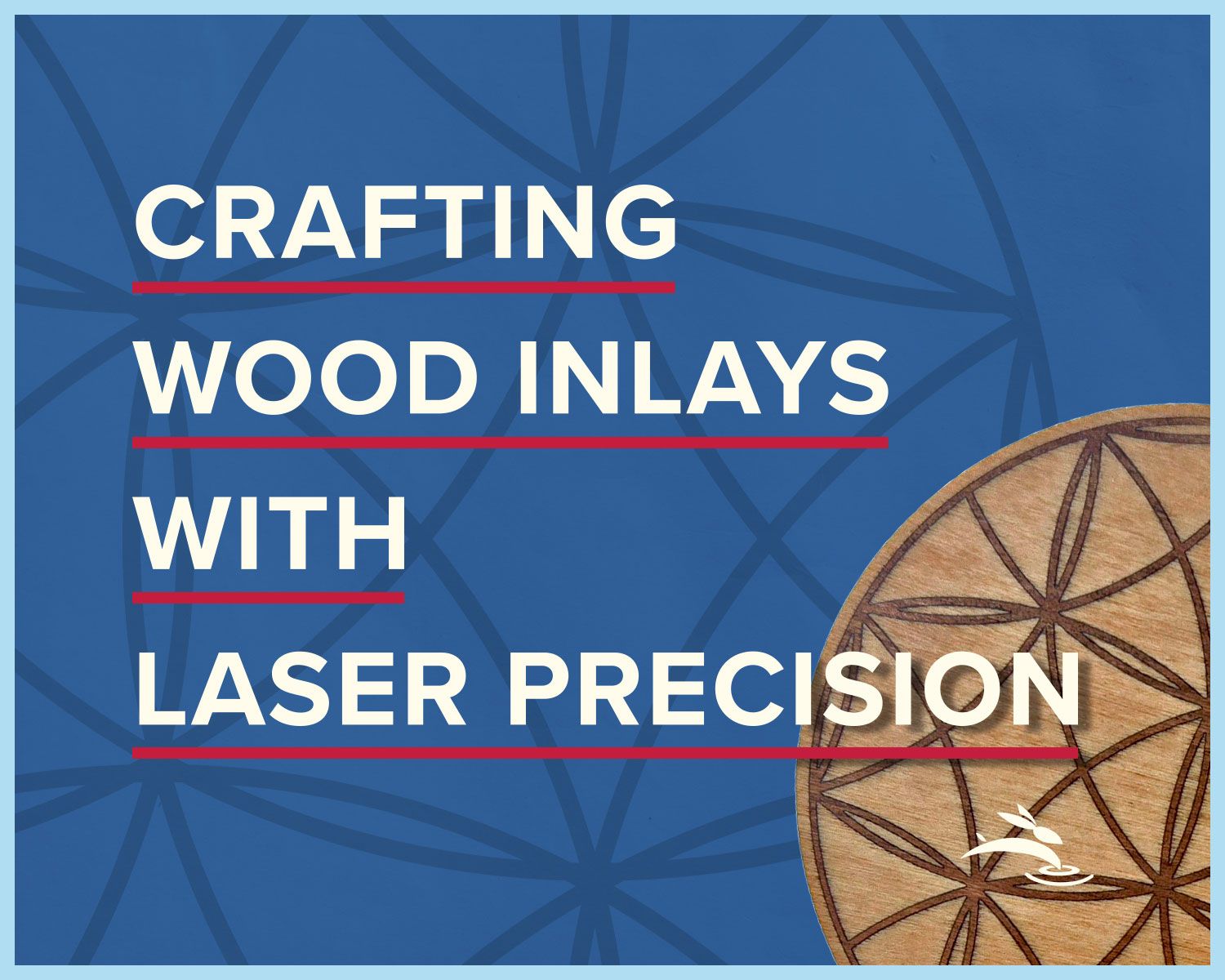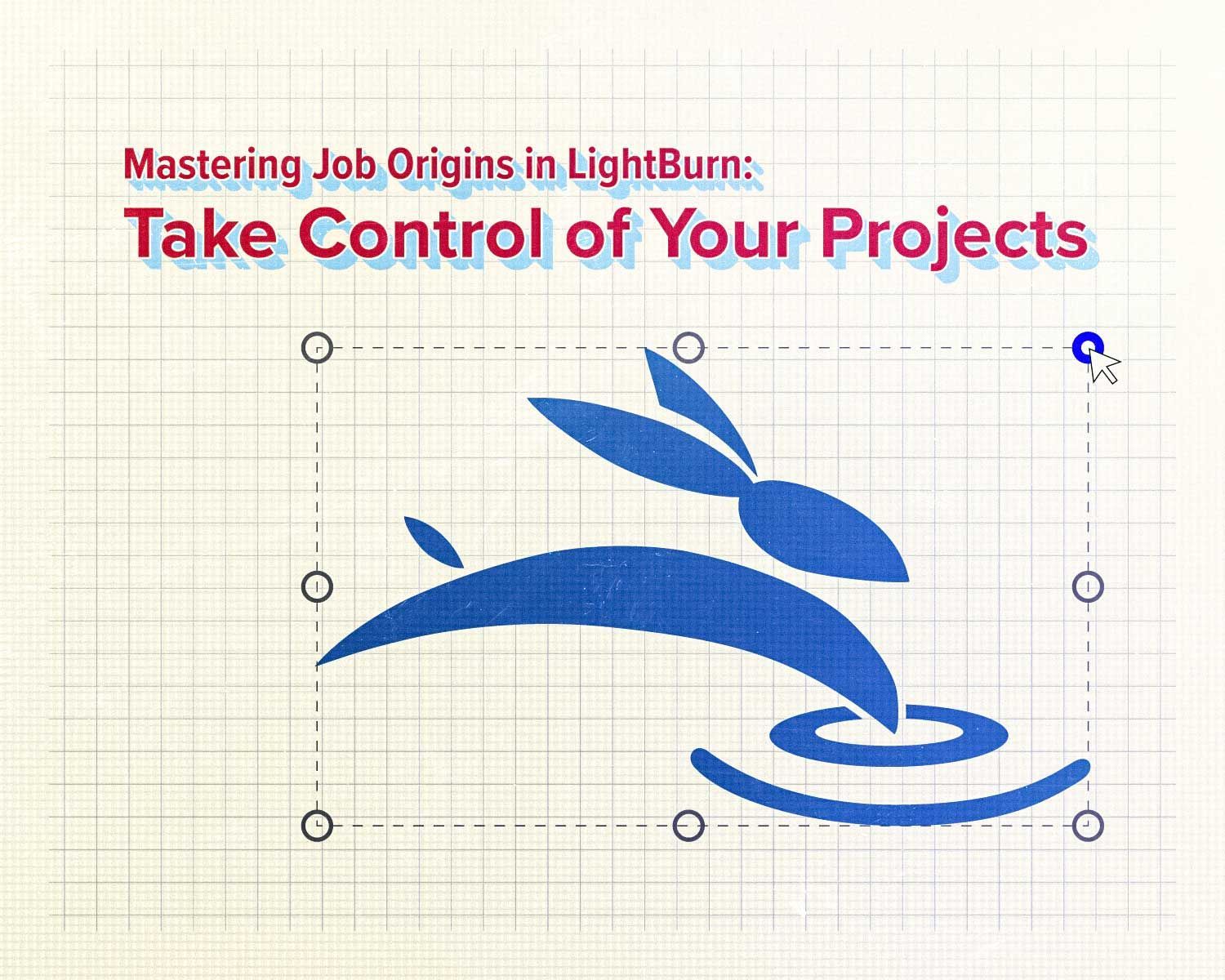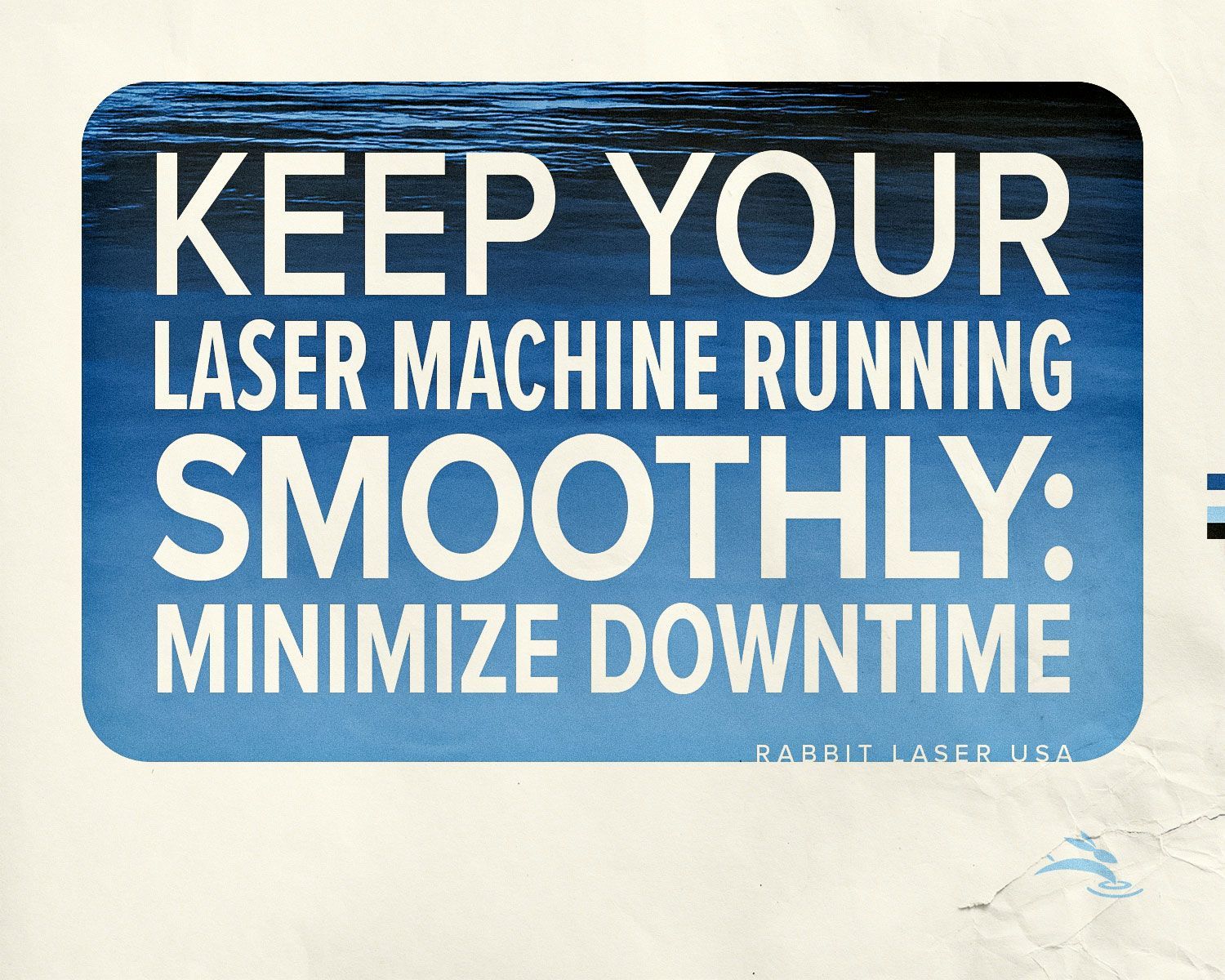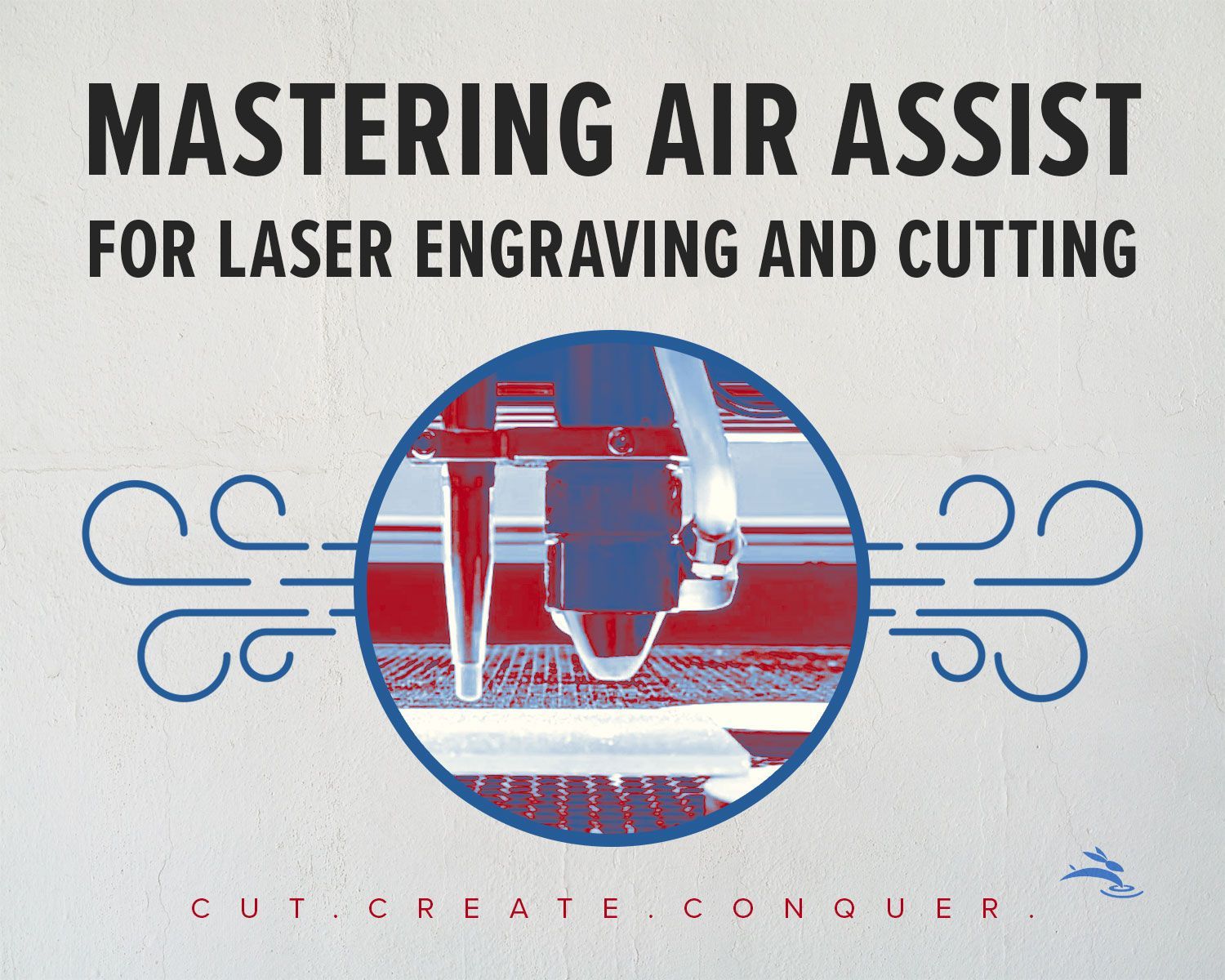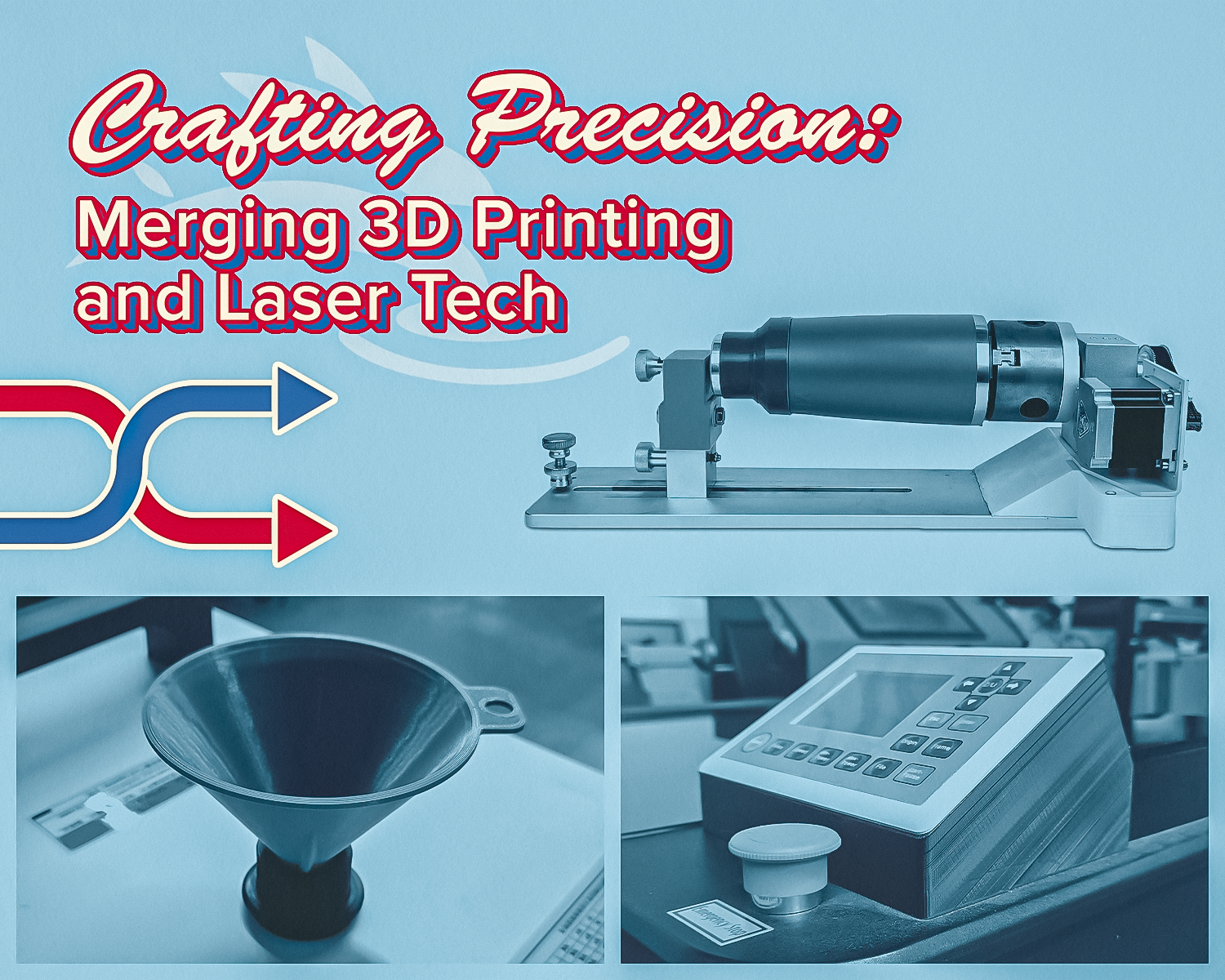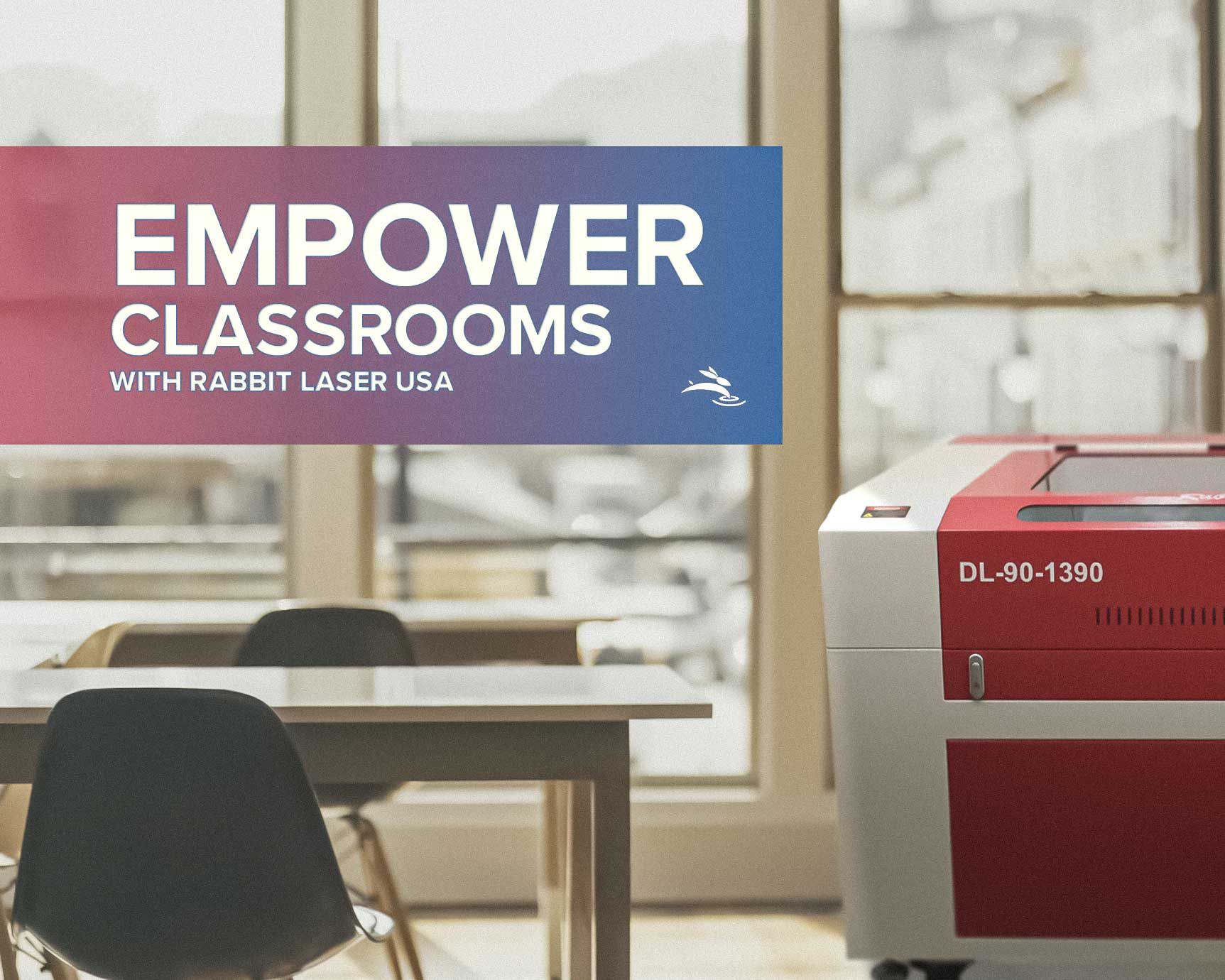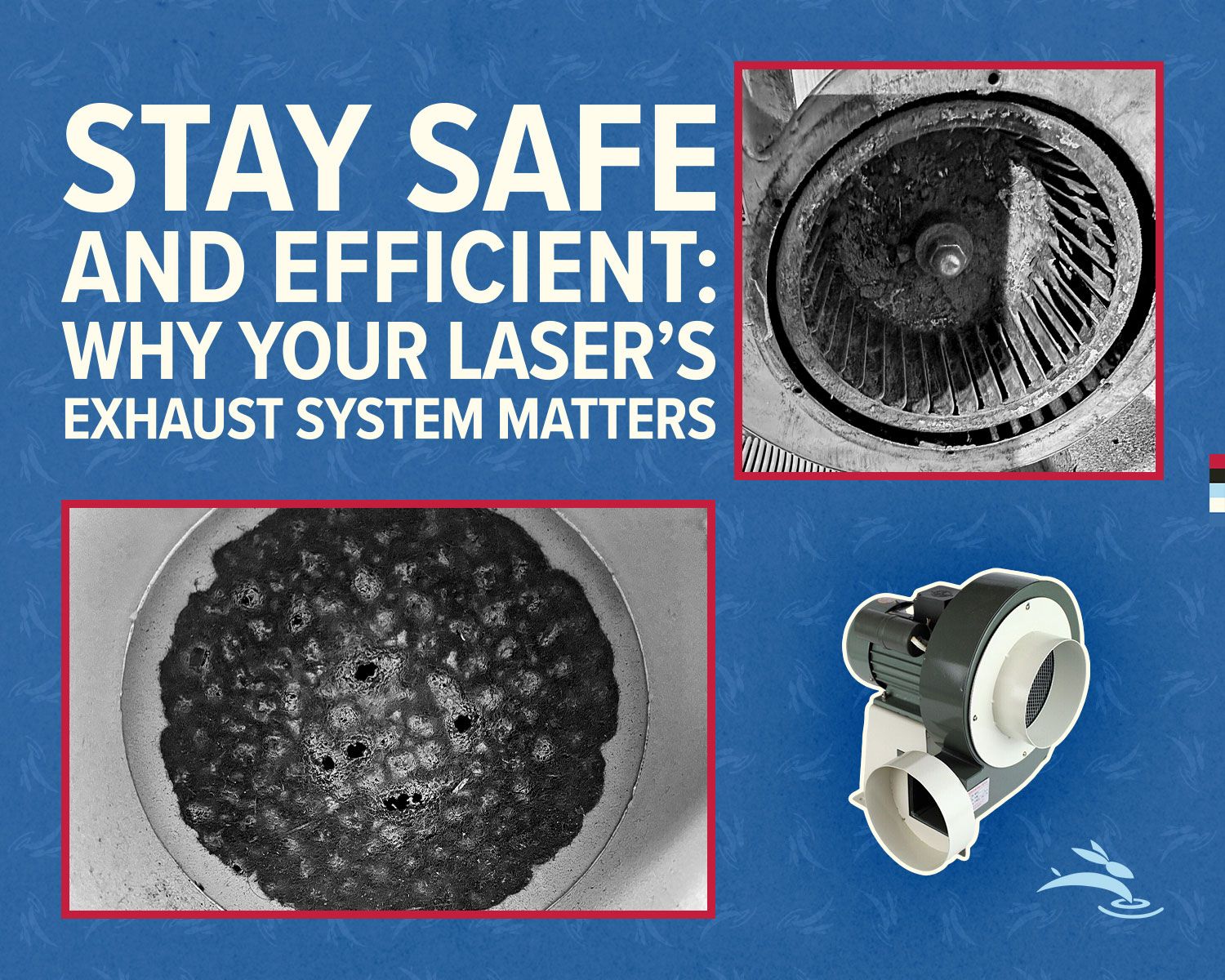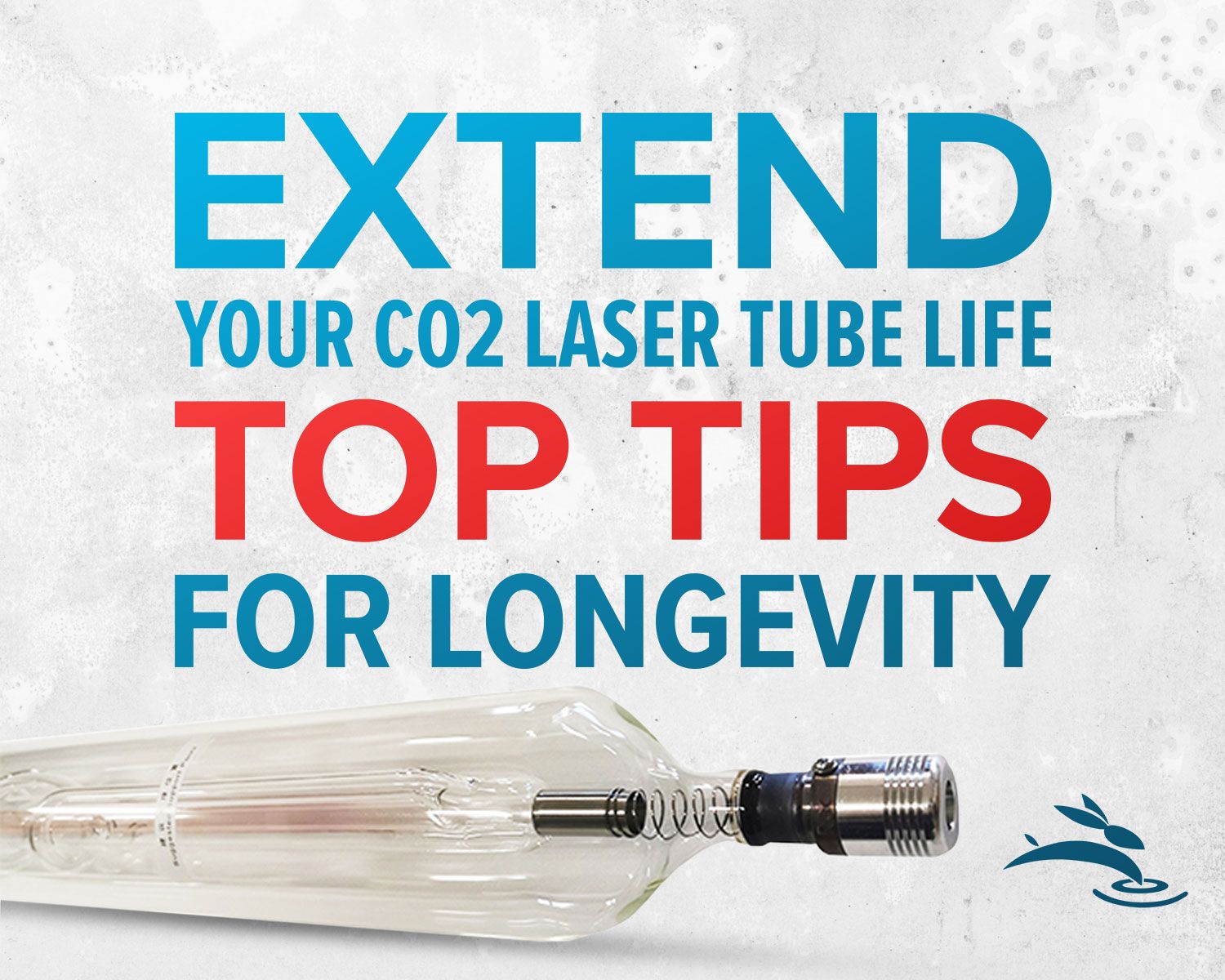
Extend Your CO2 Laser Tube Life: Top Tips for Longevity
If you own a CO2 laser machine, you know that the laser tube is at the heart of its operation. This vital component generates the laser beam that enables cutting, engraving, and marking a wide variety of materials. To get the most out of your laser machine and ensure it runs smoothly for years to come, it's important to focus on maximizing the longevity of the laser tube. A well-maintained tube not only produces high-quality results but also saves you money on replacements.
In this blog, we'll dive into practical tips, maintenance routines, and settings optimizations that can help extend the life of your CO2 laser tube. Whether you're a beginner or an experienced user, these simple yet effective strategies will keep your laser machine running at peak performance.
1. Understanding Your CO2 Laser Tube
Before diving into the tips, let's quickly review what makes up the CO2 laser tube. The tube is responsible for generating the laser beam used in engraving and cutting. It works by exciting gas inside the tube, creating a high-energy laser that’s directed onto your material. The typical lifespan of a CO2 laser tube is around 1,000 to 2,000 hours, depending on several factors, including how well it's maintained.
Factors that influence tube life:
- Power usage: Running the machine at high power for long periods can wear down the tube faster.
- Temperature control: High or fluctuating temperatures can affect the efficiency and lifespan of the tube.
- Maintenance habits: Regular upkeep helps prevent unnecessary wear on the tube.
2. Cooling Systems:
Keep Your Tube Running Smoothly
The laser tube generates heat as it operates, which means maintaining a proper cooling system is essential for its longevity. Overheating is one of the biggest contributors to early tube failure.
Why Cooling Matters
Overheating can cause the tube to degrade quickly, leading to a drop in performance and even complete failure. Keeping the tube at the right temperature (typically between 18°C and 25°C or 64°F to 77°F) will help maintain optimal performance.
Tips for Maintaining Your Cooling System
- Check the Water Chiller or Cooling Unit: Ensure the cooling unit is free of debris and working efficiently. Any blockages or leaks can reduce the cooling effect and lead to overheating.
- Use Distilled or Deionized Water: Regular tap water can contain minerals that build up inside the cooling system. Using distilled or deionized water helps prevent this issue.
- Regularly Monitor Water Levels: Keep an eye on the water levels in your chiller. A low water level can cause the system to overheat, damaging the tube.
- Clean the Chiller: Periodically clean your chiller to keep the system running smoothly, especially after long sessions of laser use.
3. Routine Maintenance:
The Key to Prolonging Your Laser Tube’s Life
Routine maintenance is crucial for ensuring your laser tube lasts as long as possible. Regular upkeep prevents small issues from becoming bigger problems.
Key Maintenance Tasks
- Clean the Mirrors and Lenses: Dust, dirt, or residue on your mirrors or lenses causes the laser to work harder, leading to excess heat and strain on the tube. Clean your mirrors and lenses regularly to maintain peak efficiency.
- Inspect for Leaks: Check the laser tube and cooling system for any signs of leaks. Even small leaks can have a significant impact on the tube's performance.
- Inspect the Water Pump: The water pump keeps the cooling system running, and a malfunctioning pump can lead to overheating. Check the pump regularly and replace it when needed.
- Clean the Laser Tube: Condensation or debris can accumulate on the tube, affecting its function. Clean it periodically to keep the system running smoothly.
4. Optimizing Power and Speed
Settings for Different Materials
The power and speed settings you use on your CO2 laser machine significantly impact the lifespan of the laser tube. Using high power for extended periods can cause wear and tear, so it’s important to optimize your settings for each material.
Power and Speed Settings for Common Materials
- Wood: For wood cutting, use a low power setting with a slower speed. This reduces heat buildup and helps avoid burning the material while conserving tube life.
- Acrylic: Acrylic requires a moderate power setting. Use a faster speed to minimize the chance of burning the edges while still achieving a clean cut.
Tips for Optimizing Settings
- Use Lower Power When Possible: Always use the lowest effective power setting for your materials. For instance, try engraving at a lower power with a slower speed to avoid over-stressing the tube.
- Test and Tune: If you're unsure of the settings, start with a test piece. This allows you to adjust power, speed, and optimize your settings without risking the longevity of your tube on your main project.
5. Proper Usage Habits:
Don’t Overwork Your Tube
Your laser tube is designed for a certain amount of use, but overworking it will reduce its lifespan. Here’s how to avoid unnecessary wear and tear:
Avoid Running the Machine at Full Power for Long Periods
Just like any high-performance equipment, your CO2 laser tube needs breaks. Running the machine at full power for hours on end can result in excessive heat and premature failure.
Tip: If you're running a long job, break it up into smaller sessions. Allow the machine to cool down between tasks.
Use the Right Machine for the Job
If you’re working on large projects that demand constant use, consider whether a higher-power machine is more suited to your needs. Choosing the right machine for the task reduces stress on the tube.
6. Upgrading and Replacing Parts:
Know When It’s Time
Even with the best care, your CO2 laser tube will eventually wear out. Recognizing the signs of wear early on can help you avoid sudden failures.
Signs Your Laser Tube Needs Replacement
- Reduced Output Power: If your laser’s output has significantly weakened, it may be time to replace the tube.
- Frequent Overheating: If your laser keeps overheating despite proper cooling, this could be a sign that the tube is no longer functioning at its best.
- Visible Damage: Cracks, discoloration, or any visible defects mean the tube may be nearing the end of its life.
- Laser Pulse Color: A healthy CO2 laser typically emits a purple or pink laser pulse during operation. As the tube begins to degrade, the pulse may shift to a white color. If you notice the pulse turning white, it's a sign that the tube is wearing out and may need to be replaced soon.
If you notice any of these signs, it’s best to replace the tube before it completely fails, minimizing downtime and maintaining project quality.
7. The Importance of Proper Storage
If you don’t use your laser machine every day, it’s important to store it properly to protect the tube from unnecessary wear and damage.
Storage Tips
- Avoid High Humidity: Store your machine in a cool, dry place. Excess moisture can cause rust or other forms of damage to the tube.
- Keep It Out of Direct Sunlight: Sunlight can raise the temperature of the machine and the tube, leading to heat-related issues.
Conclusion: Maintain, Monitor, and Maximize
Maximizing the longevity of your CO2 laser tube comes down to a combination of good habits, regular maintenance, and proper usage. By maintaining the cooling system, cleaning the mirrors and lenses, optimizing your settings, and avoiding overuse, you can extend the life of your tube and get more out of your machine.
Remember, the key to a long-lasting laser tube is prevention. Keep track of your usage, regularly clean and inspect your machine, and be mindful of the power settings you’re using. With these practical tips, you’ll be able to keep your CO2 laser machine running at peak performance for years to come, ensuring high-quality results every time.
Now that you have the knowledge to care for your CO2 laser tube, it’s time to get back to creating—efficiently and with confidence! 🐰
